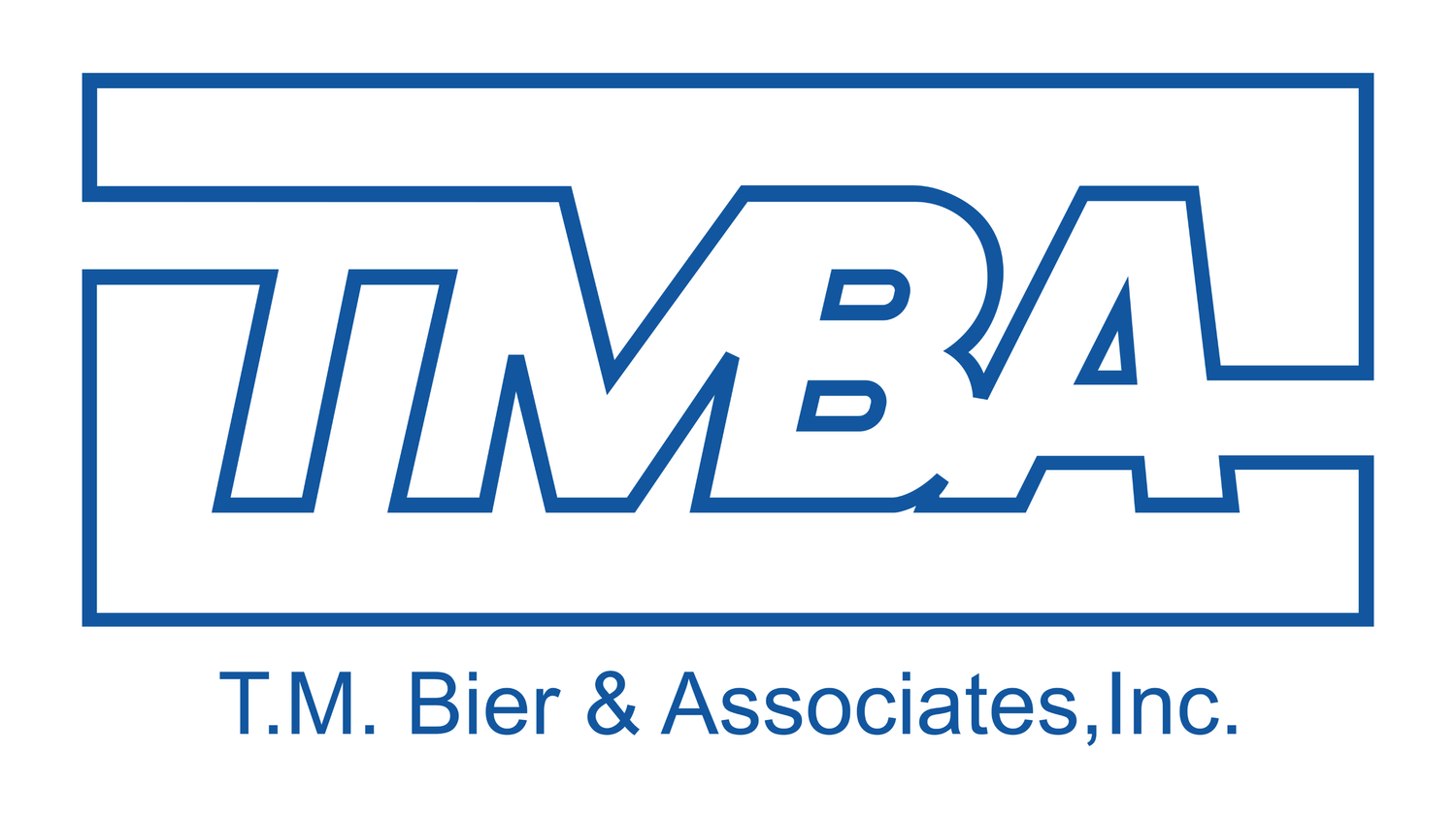Conducting the Symphony of Buildings: The Essential Role of BMS Integrators
Imagine an orchestra preparing for a grand concert. Each section of the orchestra – the strings, the brass, the percussion, the woodwinds – represents a different aspect of the performance. Without the conductor, the orchestra might still be able to play, but the result would likely be disjointed and chaotic. The conductor's role is to integrate all the sections into a seamless performance, translating the written score into a harmonious and beautiful symphony.
Now, imagine a modern building. Just like an orchestra, a building comprises various systems - HVAC, lighting, security, access control, and more. Each of these systems plays a crucial role, but without proper integration, the building may not operate as efficiently and harmoniously as it could. This is where Building Management System (BMS) Integrators come into play.
BMS Integrators, such as T.M. Bier & Associates (TMBA), play a role akin to the conductor in an orchestra. They ensure the harmonious integration of all the systems within a building, helping to create a comfortable, secure, and efficient environment for its occupants. It's a complex, technical process, requiring a deep understanding of how each system operates and how they can best work together.
For instance, consider the 151 North Franklin building in Chicago. This building is a testament to what effective integration can achieve. A web-enabled, integrated building system platform was installed for easy control of access, security, temperature, HVAC, and lighting. A mobile smartphone application and a web-based tenant portal software were also implemented. These systems work together to provide an optimized, user-friendly, and highly efficient building experience. This is the result of meticulous orchestration by BMS integrators, who ensure that all systems within the building are in harmony1.
The benefits of working with a BMS integrator extend far beyond the immediate improvement in building functionality. Proper integration can lead to significant energy savings, contributing to sustainability efforts. In an era where energy efficiency and environmental impact are of increasing importance, the role of a BMS integrator becomes even more vital.
This is particularly relevant in cities like New York, where unique energy demands and a firm commitment to sustainability make the role of BMS integrators crucial. Whether it's the towering skyscrapers of Manhattan or the charming brownstones of Brooklyn, BMS integrators like TMBA are at the forefront, ensuring that New York's buildings are not just functional and comfortable, but also models of efficient and sustainable design.
To summarize, a BMS integrator is the conductor of the building symphony, bringing together the various parts to create a harmonious, efficient, and sustainable environment. Their technical expertise and comprehensive approach make them an invaluable asset in modern building management. Just as a symphony wouldn't be the same without a conductor, a building wouldn't be the same without a BMS integrator.
Get Started Today: Contact TMBA!
At TMBA, we believe in the power of integrated building management systems to drive efficiency, safety, and ease of management. We're proud to be your partner in this journey, offering our expertise and dedicated service to help you achieve your building management goals. Let’s get started!


